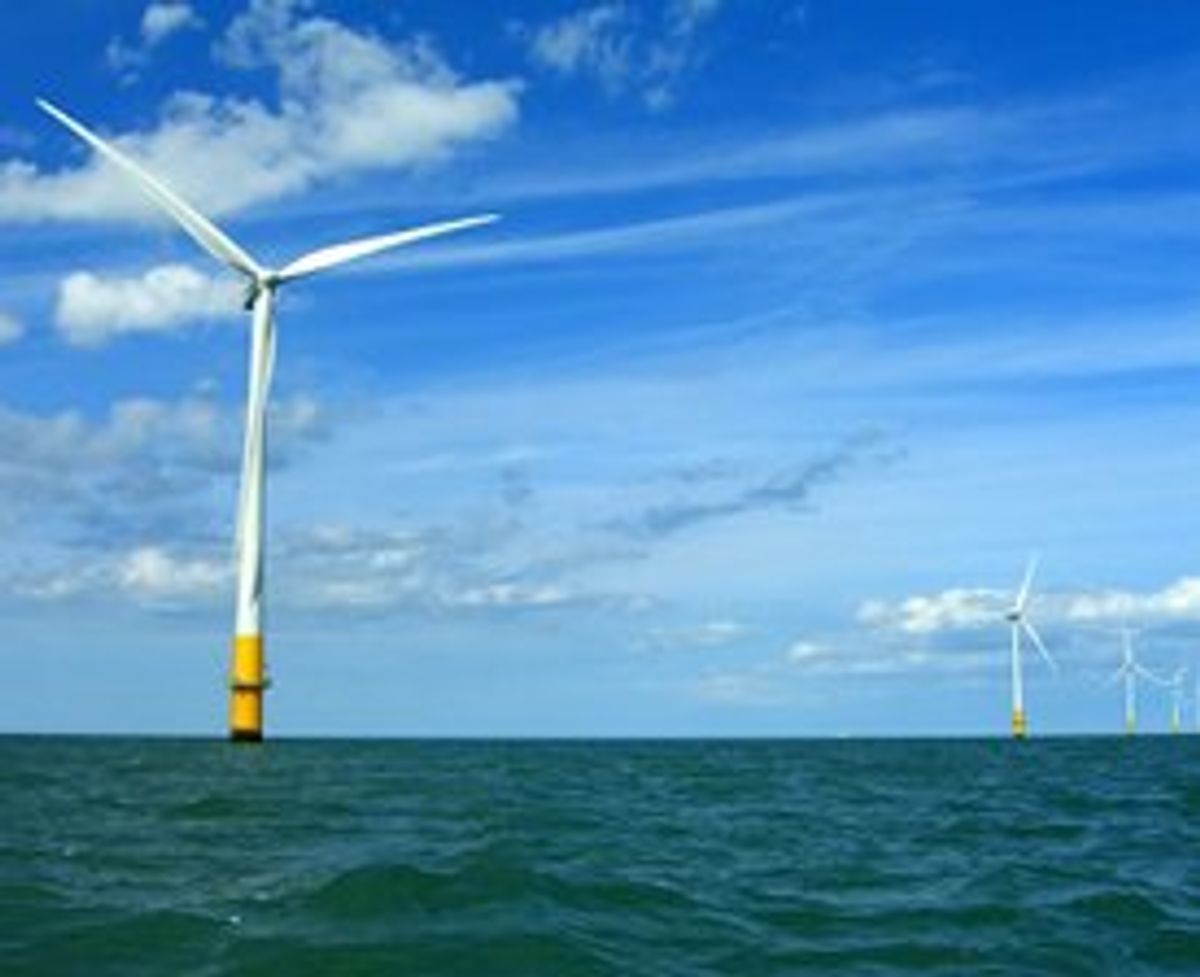A new contribution to the offshore wind report genre does contain some enthusiasm, but also falls back on some old - and largely answered - questions regarding the energy source's potential. The University of Maryland's Center for Integrative Environmental Research released a report [PDF] on Maryland's offshore wind potential, and put two major concerns front and center: expensive transmission issues and potential interference with nearby radar systems.
Now, to their credit, a press release from the University does allow the report's authors to tout offshore wind as "economically feasible and environmentally advantageous." Also, they at least partially answer their own transmission questions with the recent announcement of the Google-backed transmission backbone plan for the Atlantic coast (some of the issues with which fellow Spectrum blogger Bill Sweet discussed well here).
The radar problem, though, shouldn't be considered such an important issue. I've discussed it here and elsewhere, but generally speaking wind turbine interference with radar is a somewhat archaic issue. Newer radar systems don't really have a problem with turbines at all, and even older ones can be upgraded to see through the windmill's interference without a ton of trouble. Perhaps the most publicized radar-wind confrontation, the Shepherd's Flat wind project in Oregon (the biggest in the US, when completed), was settled quietly soon after the issue was raised; the government is comfortable enough with the radar issues to offer a $1.3 billion loan guarantee to the project.
So some tired and answerable questions prompted a tempered "mixed bag" take-home from the Maryland report's authors, and they buried the good stuff: that offshore wind could significantly contribute to Maryland's renewable portfolio standard requiring 20 percent of electricity from renewables by 2022, and that the costs of siting turbines in deeper water - where the transmission backbone project will likely be built - are roughly similar to shallow water.
I'm all for realism when it comes to renewable energy, but a little enthusiasm for planet-saving technologies wouldn't hurt either.
Dave Levitan is the science writer for FactCheck.org, where he investigates the false and misleading claims about science that U.S. politicians occasionally make.




